golf and back pain
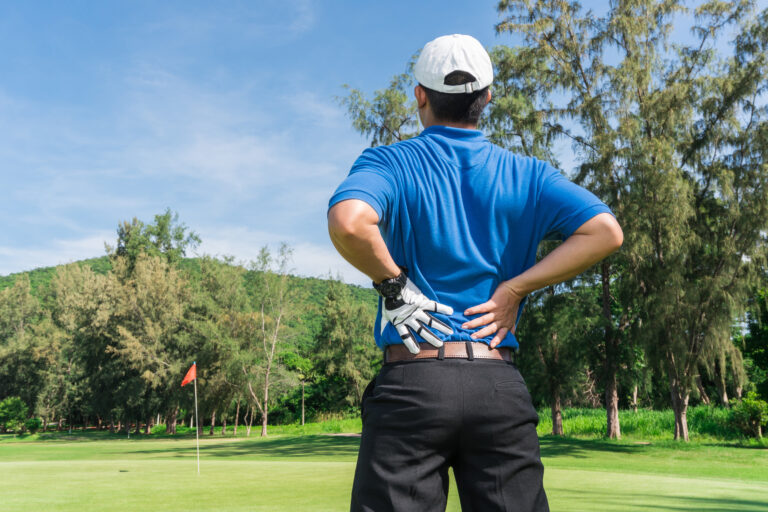
Golf is synonymous with lower back pain. Around 30% of golfers experience back pain during or after a round. Is the cause due to the nature of the golf swing itself, or are there other factors involved?
As usual, the answer is “It depends”. There’s no doubt the golf swing is a dynamic movement that imposes large forces upon the spine. Most club golfers and amateur players lack the mobility and flexibility necessary for a more mechanically sound swing, so the body sustains forces it otherwise wouldn’t. Throw in the asymmetrical nature of the golf swing, and it’s easy to see why the swing itself may be the sole problem.
However, as in all aspects on injury, it is tissue capacity that is the core issue. Someone could have all of the mobility necessary for an effective golf swing, but if their movement habits during the week are poor, they will rob that capacity, which may then manifest itself during a round of golf.
Most amateur golfers are therefore guilty of lacking the requisite physical abilities for a smooth and efficient swing, and use their capacity unnecessarily during the week.
Thinking like a golfer is actually a good method for the general population in regards to overall body health. A good golf swing requires head to toe mobility and flexibility, which also assists in better, more efficient movement during daily activities too.
A high level of core strength provides the armor necessary to withstand unexpected demands in daily life. Developing rotatinal strength is important for almost everyone. Count how many times in a day you rotate, whether at the supermarket, your kitchen, at work, in the laundry or cleaning the house, and it will be a high number.
Thoracic mobility is one of the most crucial components of an efficient golf swing. The thoracic spine is the middle part of the spine, and has the ability to extend and rotate far more than the lumbar spine. During rotational sports such as golf, it is the thoracic spine that is meant to rotate. The lumbar spine has limited rotational ability, and yet is often forced to rotate more than necessary to compensate for a lack of T-spine mobility, which may lead to pain.
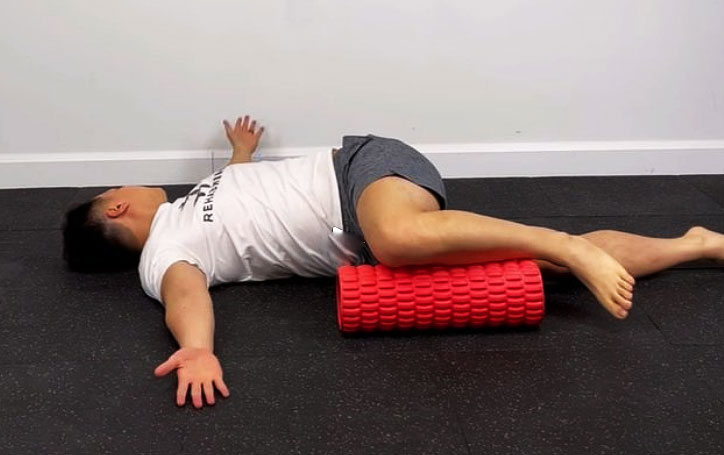
.A lack of mobility and flexibility in the golf swing imposes unnecessary forces upon the spine. The golf swing is an elastic movement, so when the requisite mobility is lacking, it becomes more a game of muscle strength and power. There is nothing untoward about such a style of play, if that is your body type, but it will always be more demanding.
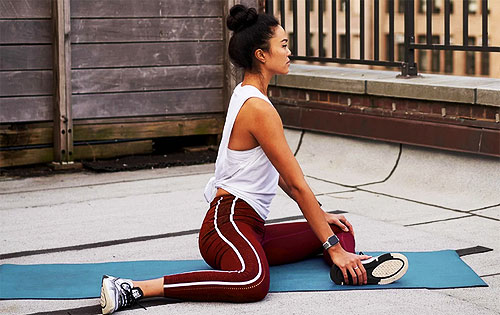
The other major component of a successful golf swing is hip mobility. A lack of hip mobility can be somewhat compensated for with swing adjustments, but a lack of hip mobility will impact rotation in the golf swing, the ability to start the downswing in the correct sequence, and impose unecessary stress onto the lumbar spine.
Hip mobility is more difficult to acquire than ankle or T-spine mobility, yet the rewards are not just a more fluid golf swing, but better, more accomplished movement patterns for daily life too.
Hip mobility can be difficult to develop, and it’s important not to impose unnecessary strength on the knees when performing exercises. The 90/90 exercise pictured above is an ecellent starting point, as it can be both a fluid motion, and static stretch. Banded hip mobilisations or Stuart McGill’s famous hip airplane are also excellent choices.
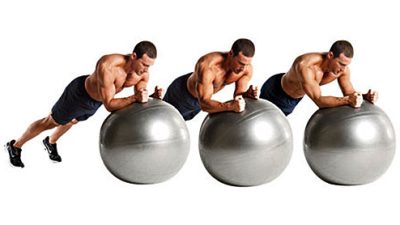
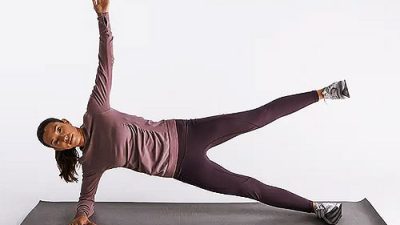
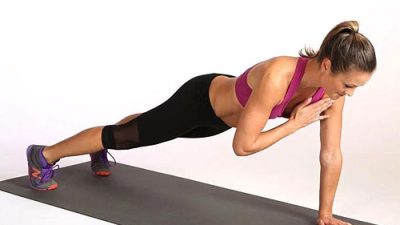
Rotational athletes such as golfers need greater core stability than the general population. More advanced versions of the Big 3 include the stir the pot exercise, side planks with abduction or suitcase carries, and shoulder taps at a minimum. Developing rotational strength through exercises with medicine balls is also a worthwhile investment.
Back pain isn’t for life – unless you want it to be.
related articles
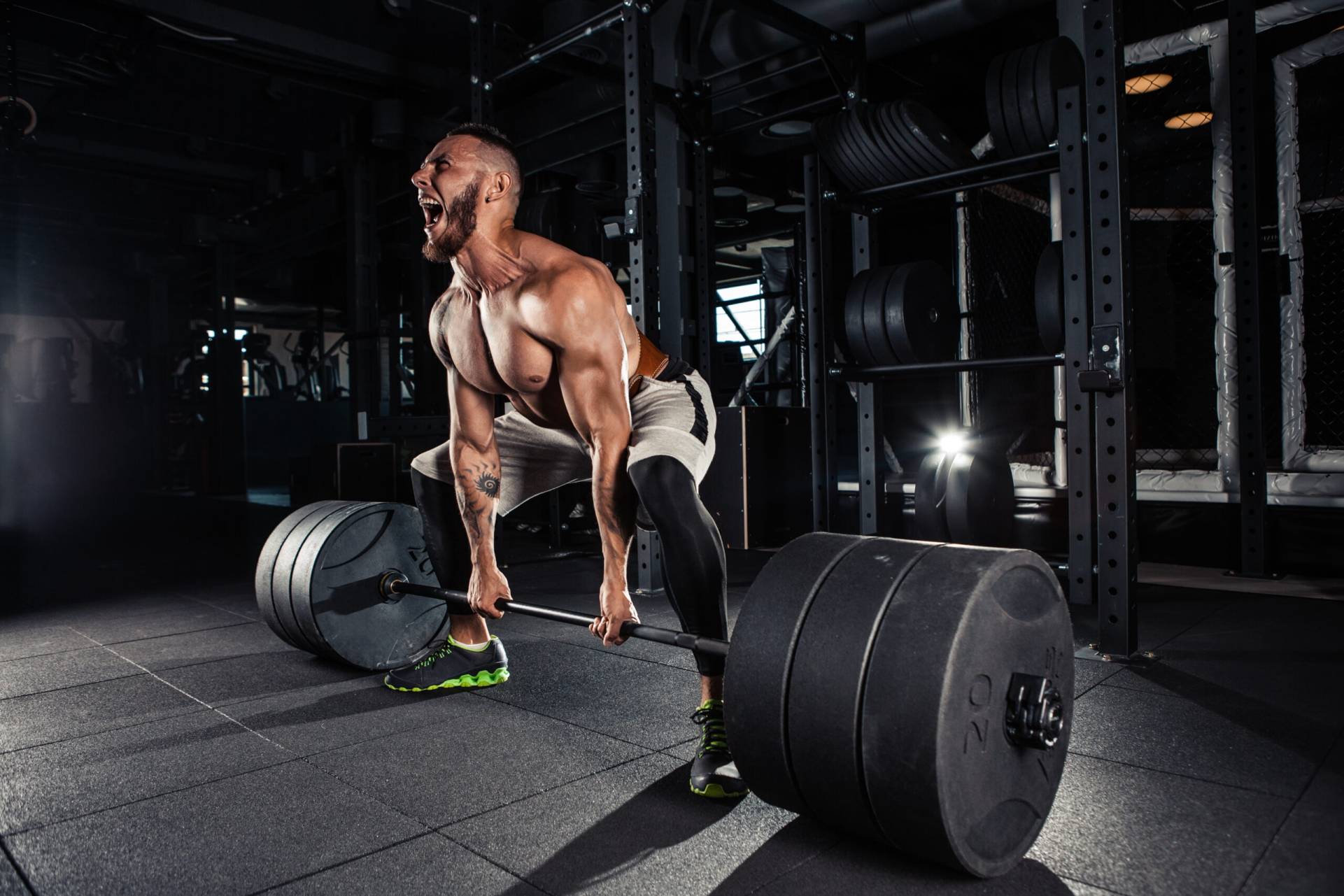

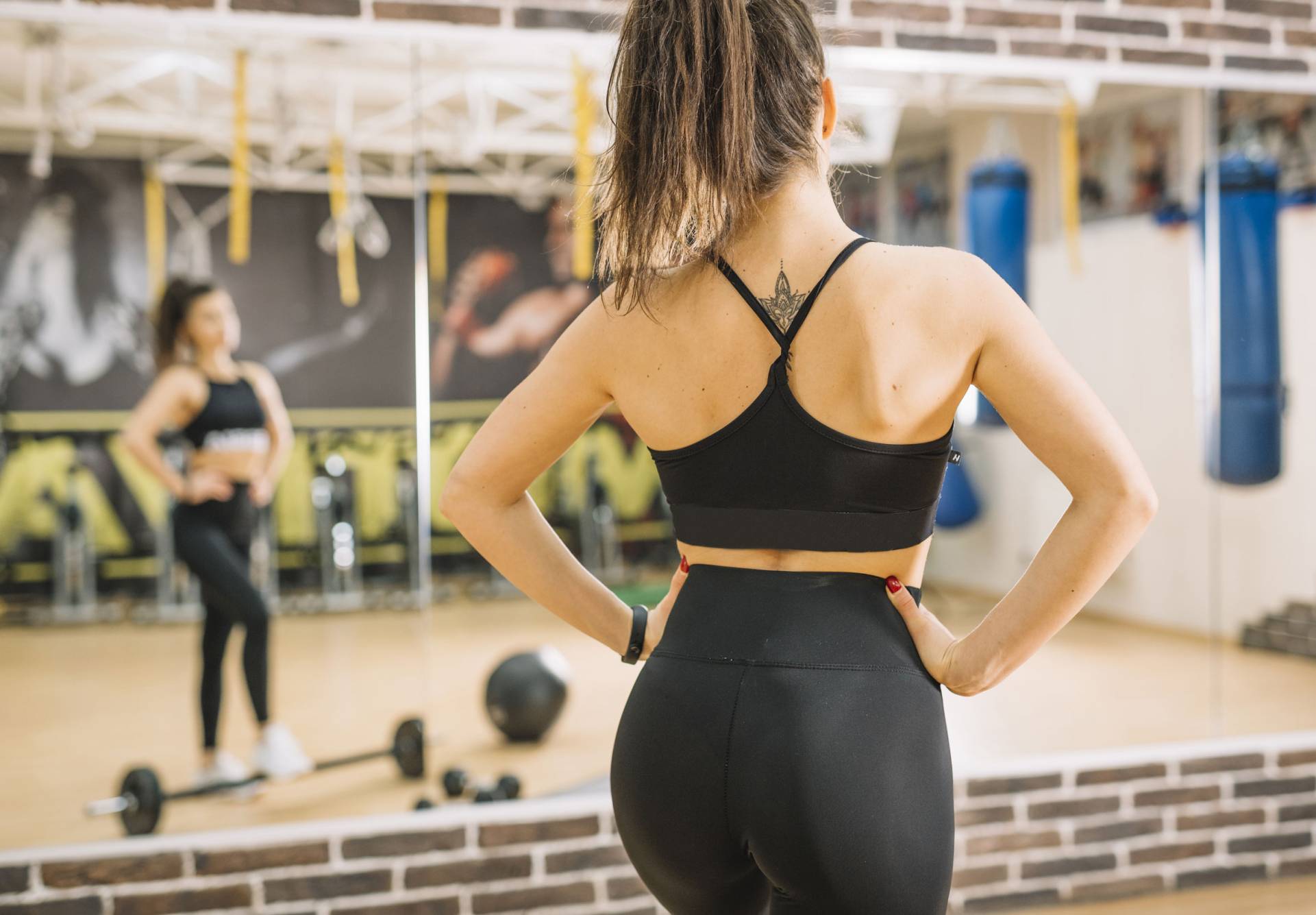

Does lifting technique matter? Yes. However, depending upon the object, individual mobility and strength, there are several methods to safely lift things from the floor or ground that minimize stress on the lumbar spine.
Does posture matter? Generally, yes. Poor posture - however that is defined - leads to a gradual deterioration in the quality of the lumbar spine tissues, which lowers their failure threshold.
Weak gluteal function may be a contributing factor to your lower back pain. Why? The reason is actually simple. If our glutes are weak, then the lumbar spine has to compensate to extend the hip.
Generally, there is no such thing as one best exercise. Exercise selection is based on current capacity and overall goals. But if there was just one exercise people should master...